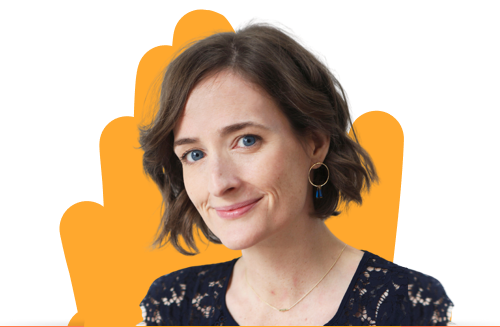AI and the Future of Human Creativity
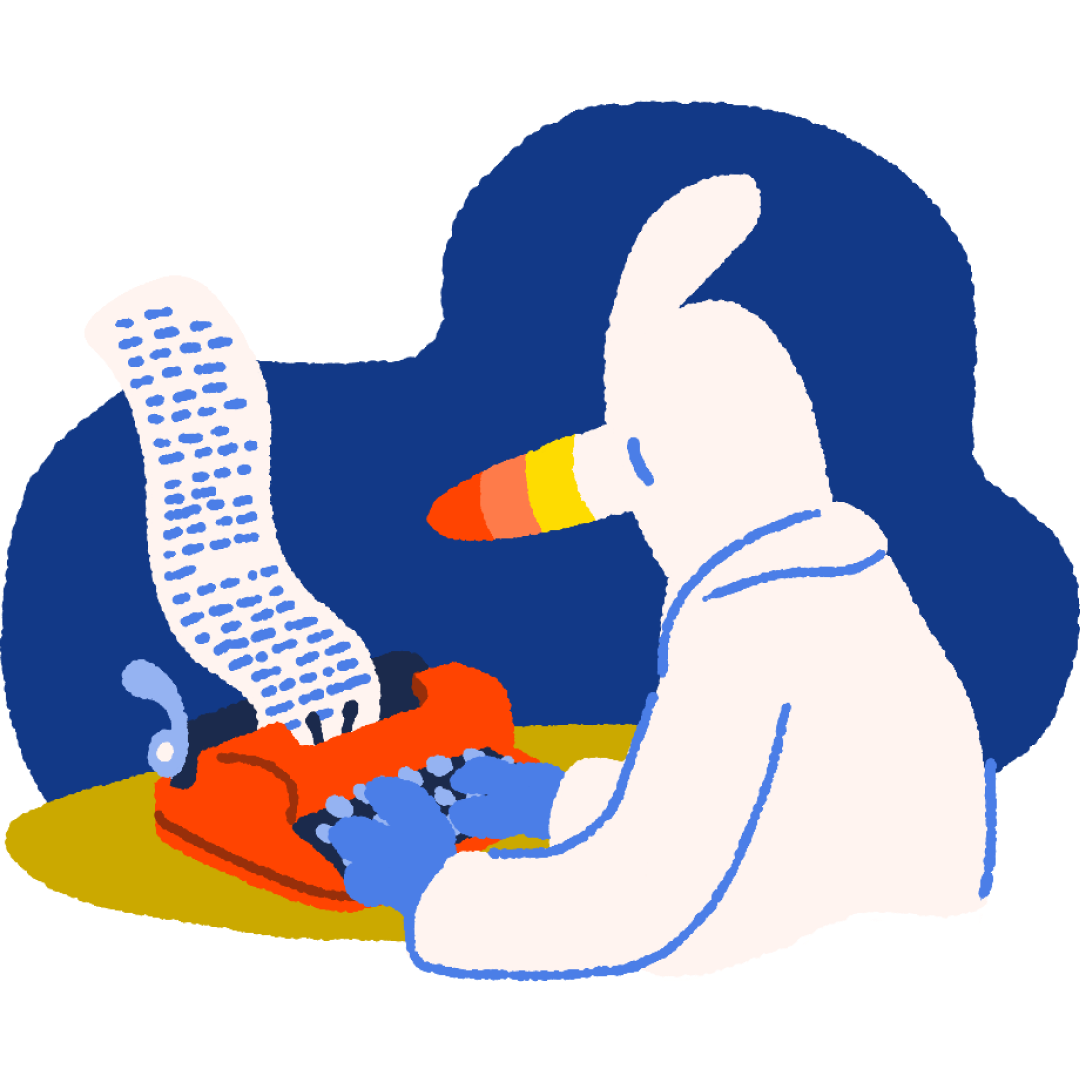
AI is not photography
On April 17th, German artist Boris Eldagsen embarrassed judges at the Sony World Photography Awards by admitting that his winning entry was generated using artificial intelligence.

Pseudomnesia: The Electrician, Boris Eldagsen
Eldagsen refused to accept the award, saying that he only entered the image to find out if these competitions were prepared for AI. “They are not,” he declared.
The artist insists that “AI images and photography should not compete with each other in an award like this. They are different entities. AI is not photography.”
The Electrician was created using DALL-E 2, an image generator developed by ChatGPT creator, OpenAI.
“I love photography, I love generating images with AI, but I’ve realised, they’re not the same. One is writing with light, one is writing with prompts.”
In the context of a photography competition I agree with Eldagsen—AI and photography are not the same.
Nevertheless, it is clear that AI imagery can produce images with artistic value.
For some people, the fact that the Sony judges deemed The Electrician an award-winning image is a troubling sign that AI will put photographers and other artists out of work.
Just another creative industry disruption?
These concerns remind me of how the rise of 3D animation disrupted the creative discipline I studied at University.
On my Modelmaking BA we used a variety of different mediums to create models, from clay and card, to silicone and fibreglass.
Our work included miniature buildings for architects, super accurate models for product designers and sculptures for film sets and props.
But as we progressed in the degree there was an increased focus on learning to create models on computers.
In my second year I did a placement on the Wallace and Gromit film The Curse of the Were-Rabbit—one of the first Aardman productions to use CGI in their creative toolkit.

I remember speaking to a Senior Prop Maker about the shift.
“Every type of modelmaking is changing, not just stop-motion,” she said. “Card, clay and plasticine are all being replaced by computer animation. Traditional modelmaking just can’t compete”.
Ten years later, the CGI modelmakers who replaced traditional ones are posting terrified messages on reddit about how AI will destroy their industry.
Ultimately, it is very likely that AI tools will disrupt digital modelmaking, and the workforce in any creative industry looking for faster results and lower costs. Some creative jobs will disappear and new ones will be created.
The question is, how creative will these new jobs be?
For years we’ve been told that computers are incapable of being truly creative.
Does the rise of AI herald a new era when human creativity is surpassed by machines?
Too creative for comfort
In other creative competitions, AI is being explicitly banned.
Hosts of the 2023 GMTK Game Jam have asked participants not to use AI to generate any assets or code at their annual game making marathon.
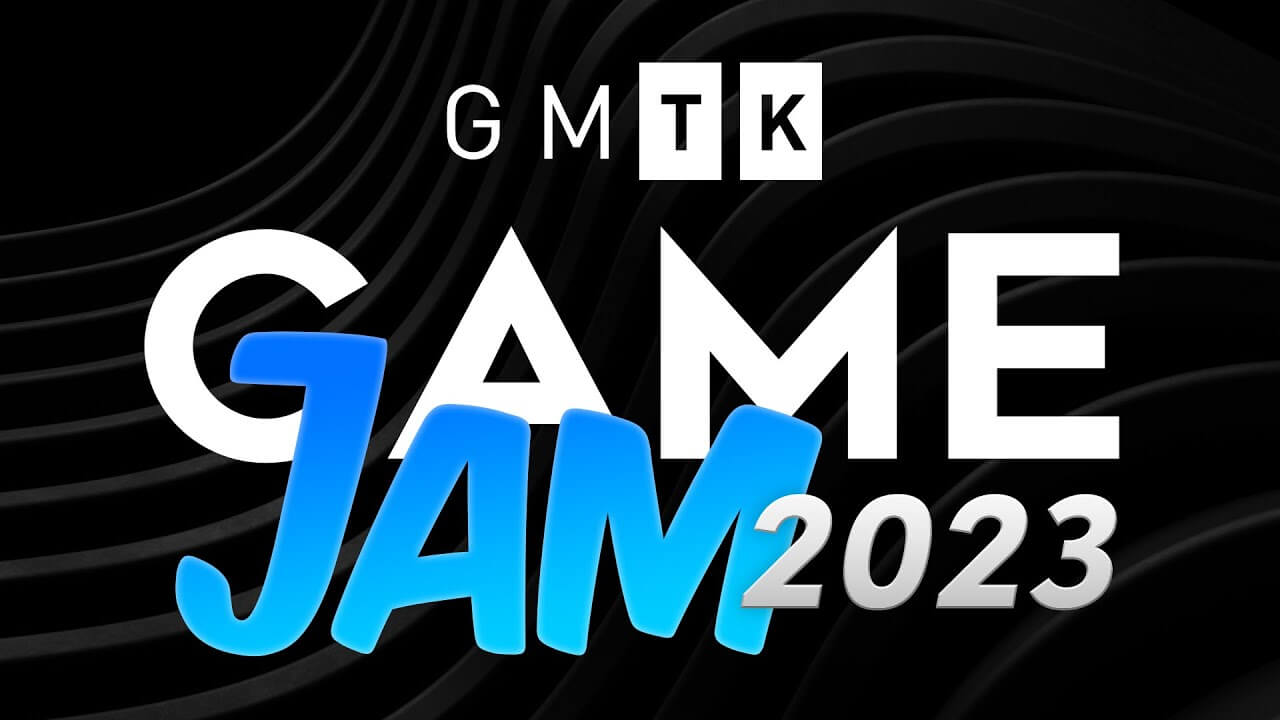
What is interesting in this case is that unlike photography, game design is rooted in code and digital software.
“Why not ban game engines and Photoshop? Let people draw by hand and code their own engine?” posts a confused member of their community.
Has the use of AI been prohibited because they provide too powerful an advantage—like performance enhancing drugs in competitive sports?
Ghost in the Shell
In June I attended a forum titled “AI Made in Our Image” hosted by King’s College as part of the London Design Biennale at Somerset House.
Artist John Mack had gathered a panel of AI experts and Ai-Da, a humanoid “artist robot” and her creator Aidan Meller, to discuss the nature of creativity, art and AI.
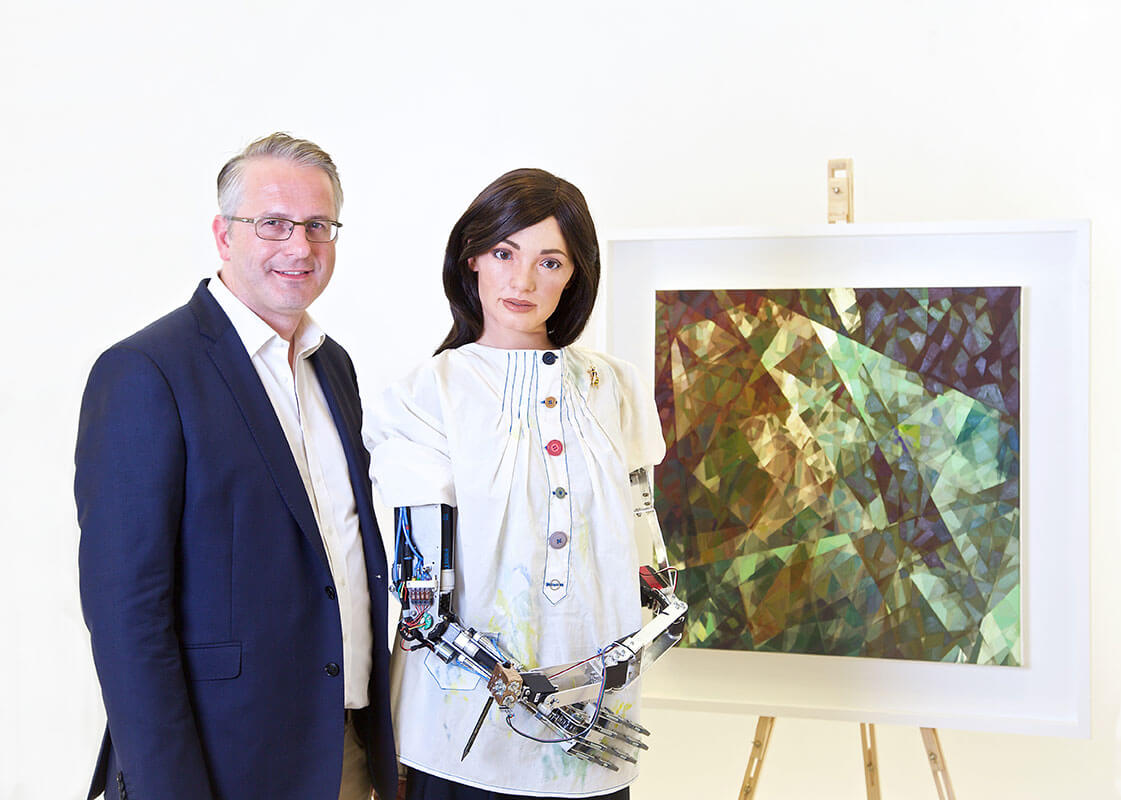
“Ai-Da creates art and encourages us to think more deeply about questions of creativity,” says Meller.
The robot uses facial-recognition technology, AI algorithms and a robotic arm to “draw pencil portraits and create paintings and sculptures.” Artworks attributed to the machine have been sold for over $1 million.
The panel begins by discussing the misleading nature of the term “artificial intelligence” and the dangers of treating AI as if it were human.
On the subject of creativity, Meller concedes that while his robot can draw “Ai-Da is not capable of true creativity,” he says. “It is an illusion.”
Ai-Da cannot really paint or sculpt.
Artworks attributed to the robot are mapped by an Oxford University researcher, 3D printed by a Swedish computer scientist, and painted by a real female artist, Suzie Emery.
More importantly, the algorithms that allow Ai-Da to sketch were trained for two and a half years on data sets created by and painstakingly labelled by humans.
Without a significant amount of human labour by these hidden “Ghost workers”, seemingly highly creative machine intelligence like Ai-Da, DALL-E 2 and GPT-4, wouldn’t be capable of “creating” anything.
What is Creativity?
In his book The Laws of Creativity, award-winning designer and entrepreneur Joey Cofone defines creativity as “humankind’s unique ability to combine unrelated and abstract ideas”.
I love this definition.
Humans create by combining unrelated and abstract ideas, while generative AI creates by finding patterns and structures within existing human creativity.
AI then, is an extension of human creativity. Not a replacement.
The Electrician was not made by AI alone, but in partnership with Eldagsen, a skilled photographer and AI creative. “Two thirds of the prompts are only good if you know how photography works, when you know art history.”
When it became clear that traditional modelmaking was being disrupted by CGI, I shifted from a career creating with clay, to one creating with code.
I continue to be curious about the creative potential of new digital tools, and amazed by the ingenuity of their creators.
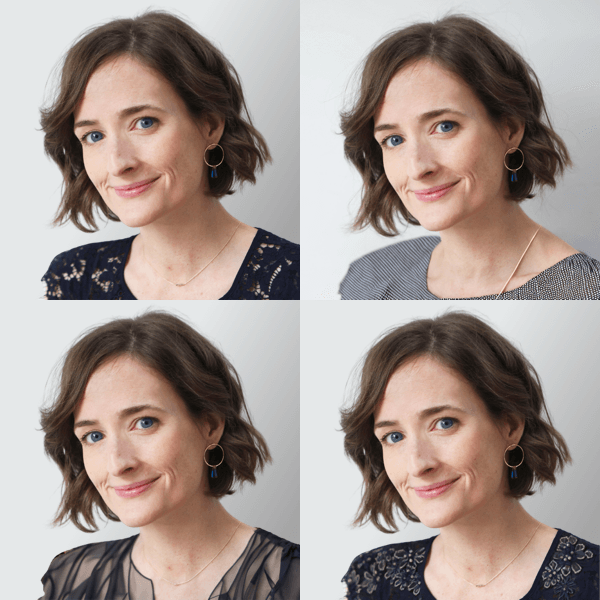
Generating new clothes with Canva AI
The True Cost
AI tools offer new opportunities for creative expression, but as with every new tool it is important to consider the true cost of adoption.
As we train the machines to become more human, are we actually treating the human Ghost Workers like machines?
How can content creators and innovators protect their intellectual property from the generative AI tools that are blindly scraping the web?
And what about the real humans who are being turned into computer models?
Last week, the Screen Actors Guild took strike action over unfair wages and the role of AI in film production.
They want to ensure that actors have a say in how their likeness is used by production companies, and a guarantee that they will be compensated if AI trained on their face or voice is used on screen.
AI is a powerful tool for creatives. My hope is that tech companies and regulators find ways to ensure we protect and reward the humans powering it behind the scenes.
— Harriet
Co-founder of Mind over Tech
